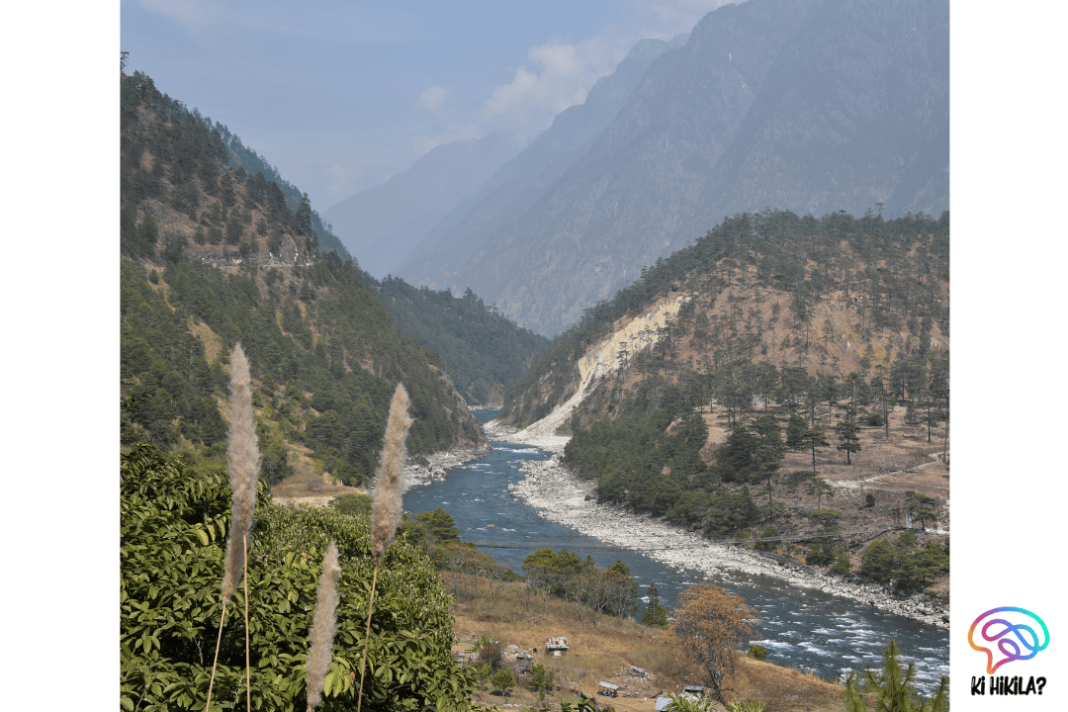The Dorjilung Hydropower Project marks a significant milestone in regional energy collaboration between Bhutan and India. With an installed capacity of 1125 MW, this project is not just a power generator—it’s a symbol of strategic partnership, private sector participation, and sustainable development in the Himalayas. This transformative initiative is a joint venture between Bhutan’s Druk Green Power Corporation (DGPC) and India’s Tata Power Company Limited, indicating a progressive shift in how energy infrastructure is envisioned and executed across borders.
Project Overview and Technical Details
The Dorjilung Hydropower Project is designed as a run-of-the-river scheme, utilizing the natural flow of the Kurichhu River in eastern Bhutan. The dam and major infrastructure are located in Mongar district, with parts of the reservoir stretching into Lhuentse district. A concrete-gravity dam standing 139.5 metres tall will harness river flow at a rate of 287 cubic metres per second. The water will be diverted through a 15-kilometre-long tunnel to an underground powerhouse equipped with six Francis turbines, capable of generating 4.5 terawatt-hours (TWh) of electricity annually.
This high-capacity output will contribute significantly to Bhutan’s energy exports while also supplying clean power to India’s expanding energy grid.
Financial Framework and Private Sector Involvement
Unlike previous hydropower ventures in Bhutan, which were mostly grant or loan-based, the Dorjilung Hydropower Project is being financed through investment mechanisms. The total project cost is estimated at $1.7 billion (approx. Nu/₹150 billion). Funding is led by the World Bank, signaling international confidence in Bhutan’s ability to manage large-scale sustainable infrastructure.
Two local firms—Chimi RD Construction and KD Builders—have been awarded contracts worth Nu/₹479 million for building essential access roads and bridges. These early construction activities underscore Bhutan’s commitment to local capacity-building and inclusive development.
This marks a strategic pivot from state-to-state funding towards business-to-business cooperation, giving Bhutan greater control over its hydropower resources and enabling private sector expertise from India to accelerate project implementation.
Strengthening India-Bhutan Energy Cooperation
India’s energy needs are expanding rapidly, and Bhutan has proven to be a reliable partner in clean energy generation. The Dorjilung Hydropower Project is a vital piece in a broader strategy to build 5000 MW of clean energy capacity in Bhutan. Alongside Dorjilung, other projects like Gongri Reservoir, Jeri Pumped Storage, and Chamkharchhu IV are also on the table.
Additionally, Tata Power Renewable Energy Limited is developing 500 MW of solar energy in Bhutan to diversify the renewable energy mix. This integrated hydropower-solar initiative will contribute to both nations’ commitments under the Paris Agreement and their respective renewable energy roadmaps.
Geopolitical and Strategic Significance
The Dorjilung Hydropower Project is more than an engineering feat—it’s a strategic tool for economic diplomacy. Bhutan has long depended on India for infrastructure grants and soft credit. By inviting the private sector, Bhutan gains greater economic independence, while India benefits from energy security and sustainable supply chains from a trusted neighbour.
This bilateral collaboration also sets an example in the Himalayan region, where hydropower potential remains largely untapped. Countries like Nepal and Pakistan face greater geopolitical complexities in attracting foreign investment. Bhutan’s stable political environment and close ties with India make it a more conducive ground for clean energy partnerships.
Regional Clean Energy Leadership
Under the 2006 India-Bhutan agreement, several hydroelectric plants totaling 2136 MW are already operational. The Dorjilung project adds a new dimension by bringing in equity participation, market-based financing, and advanced technical execution. The involvement of the World Bank further enhances Bhutan’s global reputation for good governance, environmental stewardship, and renewable energy leadership.
This project can serve as a model for other South Asian countries looking to unlock hydropower potential through collaborative models that are transparent, efficient, and environmentally conscious.
Future Outlook and Local Impact
The next phase of the Dorjilung Hydropower Project will involve civil construction of the dam, borehole development, and tunnelling, all expected to create hundreds of local jobs. Communities in Mongar and Lhuentse districts will benefit from improved infrastructure, better connectivity, and economic opportunities arising from ancillary services and local business participation.
The long-term benefits also include greater grid stability, export revenues, and climate resilience for Bhutan, along with green power access for India’s northeastern states.
Conclusion
The Dorjilung Hydropower Project symbolizes a new phase of clean energy collaboration in South Asia. By integrating private sector expertise, multilateral financing, and regional cooperation, the project sets a precedent for sustainable hydropower development. As Bhutan and India deepen their energy partnership, Dorjilung stands as a shining example of what future-ready, green infrastructure can look like in the 21st century.



